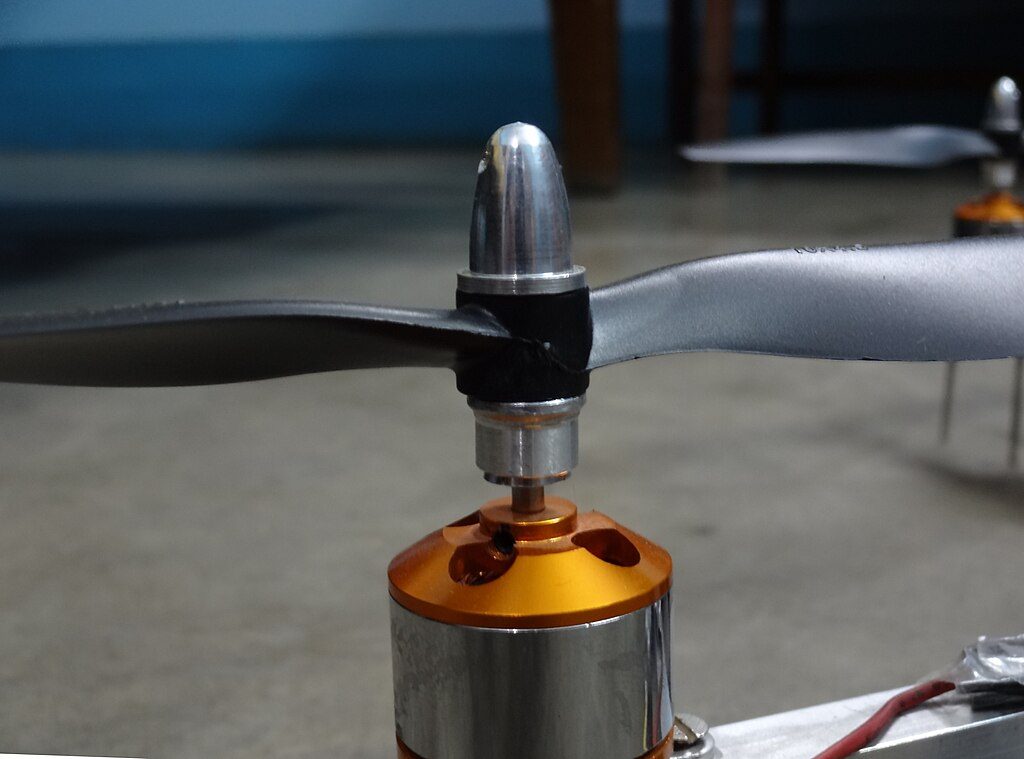China’s recent decision to restrict exports of key rare earth elements is set to create new challenges for the U.S. drone industry, adding to the complications already caused by tariffs. These export controls target materials essential for manufacturing the high-performance magnets and batteries that power commercial drones, raising concerns about supply chain stability and production costs.


What Are Rare Earths and Why Do They Matter?
Rare earth elements such as dysprosium, terbium, neodymium, and samarium are critical for making the lightweight, powerful magnets used in drone motors and navigation systems. China currently dominates the global supply of these materials, providing over 80% of the rare earths imported by the United States. The new restrictions specifically target heavy rare earths, which are especially important for advanced drone components.
Immediate Impact on U.S. Drone Manufacturing
With China’s export controls now in effect, U.S. drone manufacturers face immediate uncertainty. Shipments of rare earths and finished magnets from China have been paused while a new licensing system is put in place. Licenses for export may take up to two months to process, and there is no guarantee that U.S. companies will receive approval. Most U.S. drone companies keep only limited inventories of these materials, so even a short disruption could lead to shortages and production delays.
Prices for rare earths have already begun to rise, with dysprosium oxide reaching new highs in Chinese markets. Industry analysts expect the cost of magnets and other components to increase by 30–50%, which will likely be passed on to drone manufacturers and, ultimately, to customers.
Are There Alternatives to Chinese Rare Earths?
Efforts are underway to diversify the supply of rare earths, but alternatives remain limited in the short term. Australia’s Lynas Rare Earths is the largest non-Chinese producer, operating both mining and processing facilities and expanding into the United States with a new plant in Texas. Brazil’s Serra Verde project is ramping up production of magnet-grade rare earths, and other projects in Vietnam, India, and Saudi Arabia are in development. However, most of these sources will not reach full capacity until at least 2026, and many still rely on Chinese facilities for final processing.
The United States does have some domestic production, such as MP Materials’ Mountain Pass mine in California, but this facility primarily produces light rare earths and lacks the capacity to refine the heavy rare earths most affected by China’s restrictions.
What’s Next for the U.S. Drone Industry?
In the coming months, U.S. drone manufacturers will need to manage potential shortages, higher prices, and longer lead times for critical components. While alternative suppliers in Australia, Brazil, Vietnam, and India offer hope for the future, the industry will remain vulnerable to supply chain disruptions until these projects are fully operational and independent of Chinese processing.
For now, China’s rare earth export restrictions add a new layer of complexity to an already challenging environment for U.S. drone makers. Companies will need to adapt quickly, exploring new suppliers and investing in research to reduce reliance on these critical materials. The next few years will be a test of resilience and innovation for the industry.
Read more:

